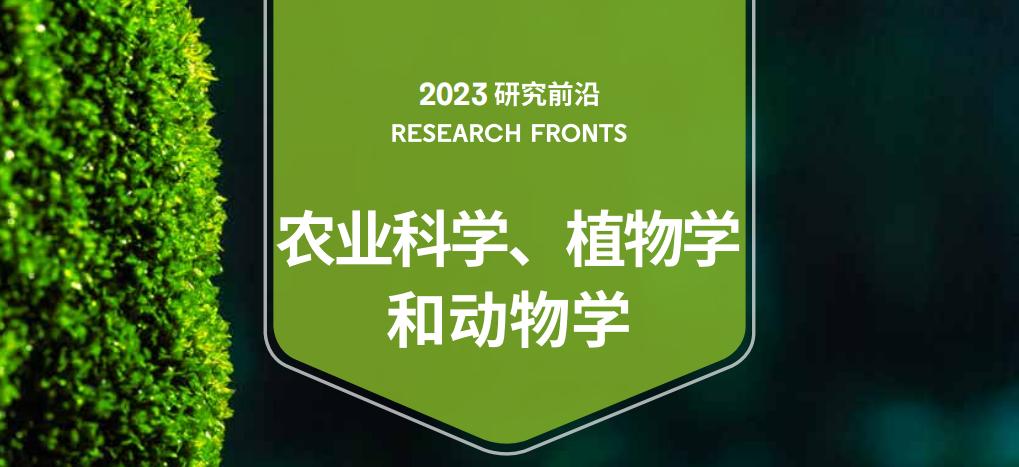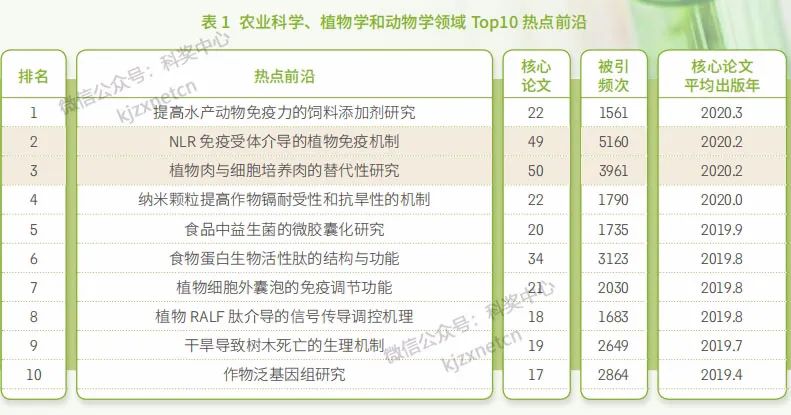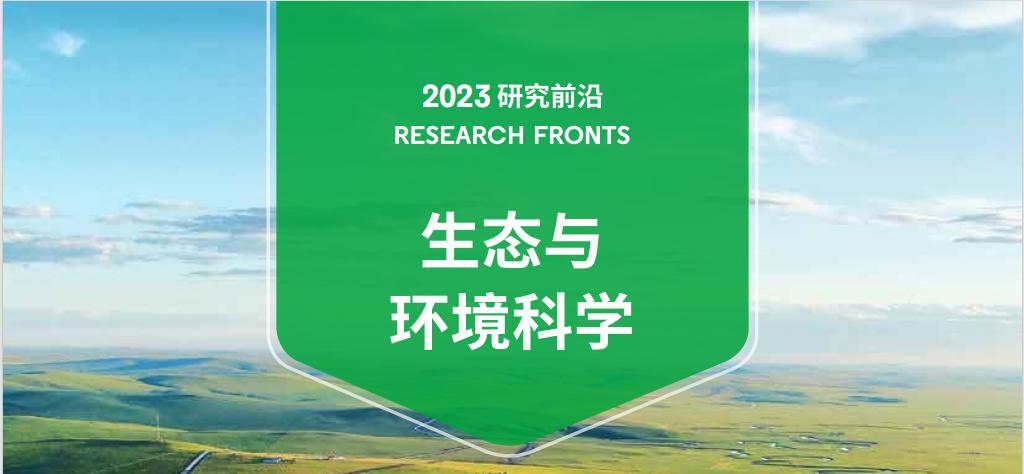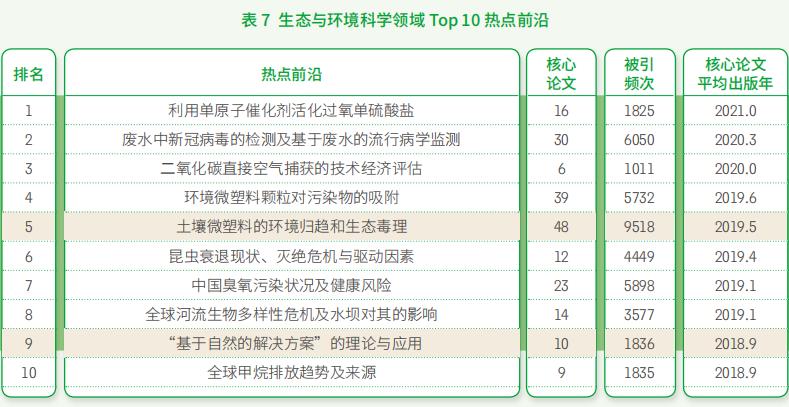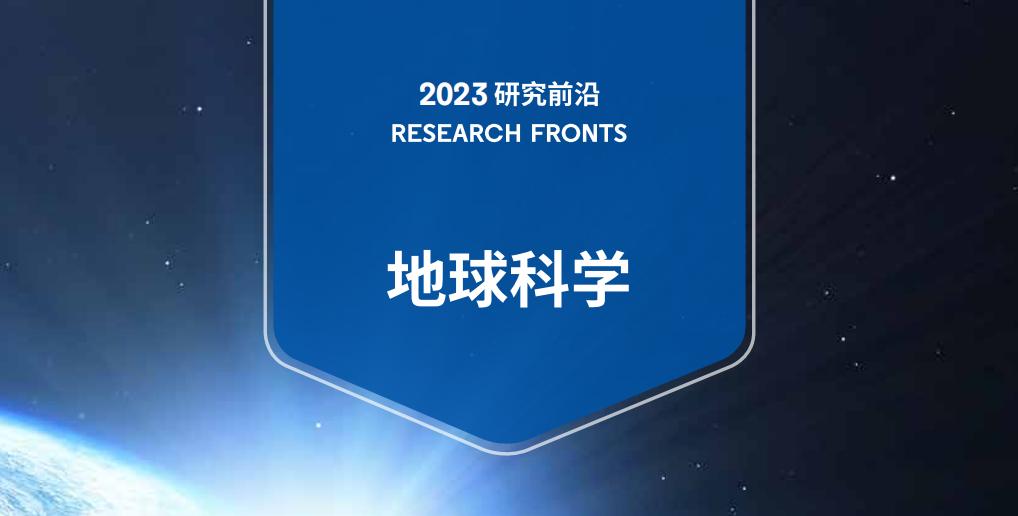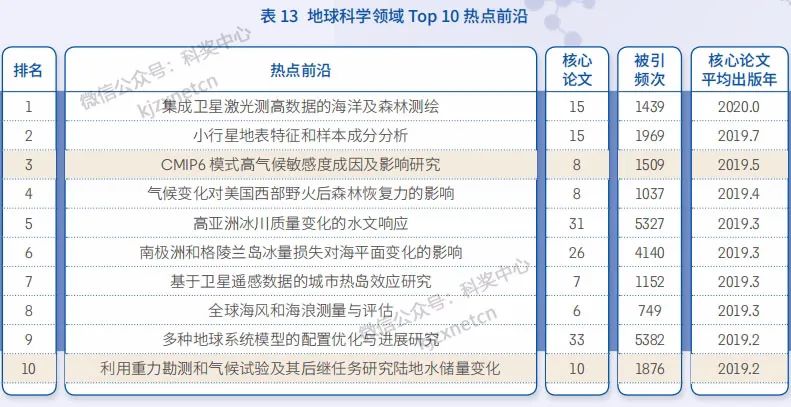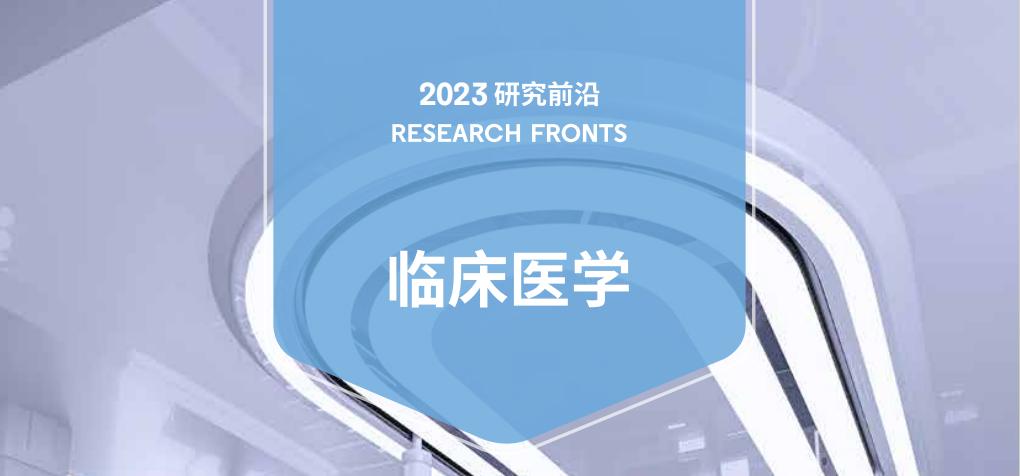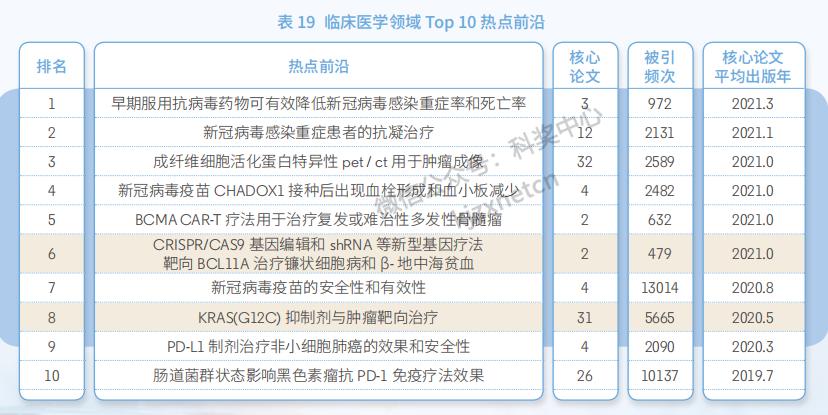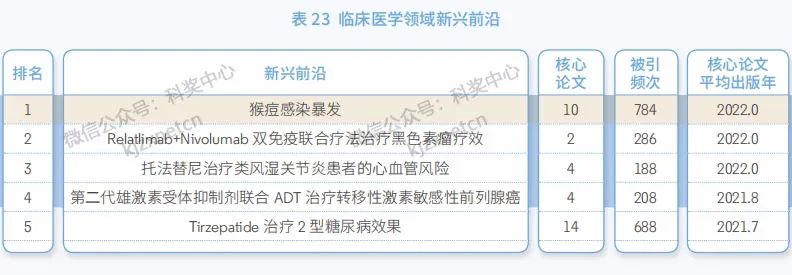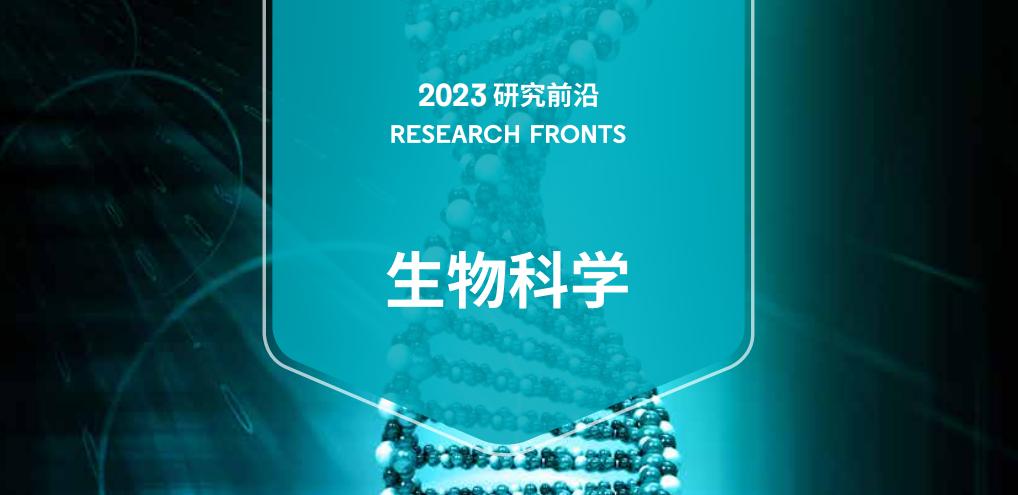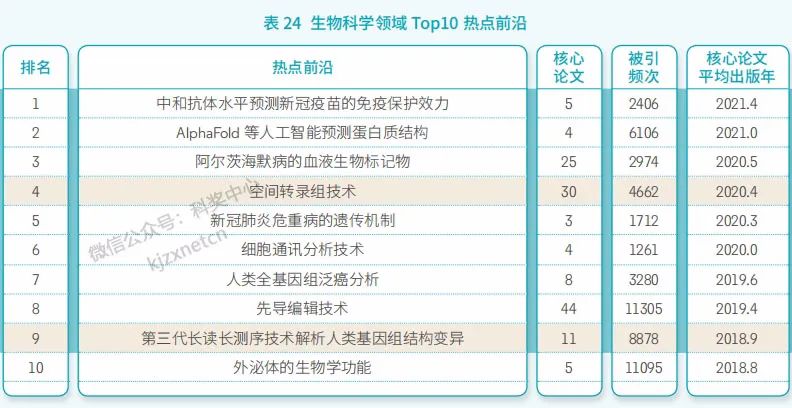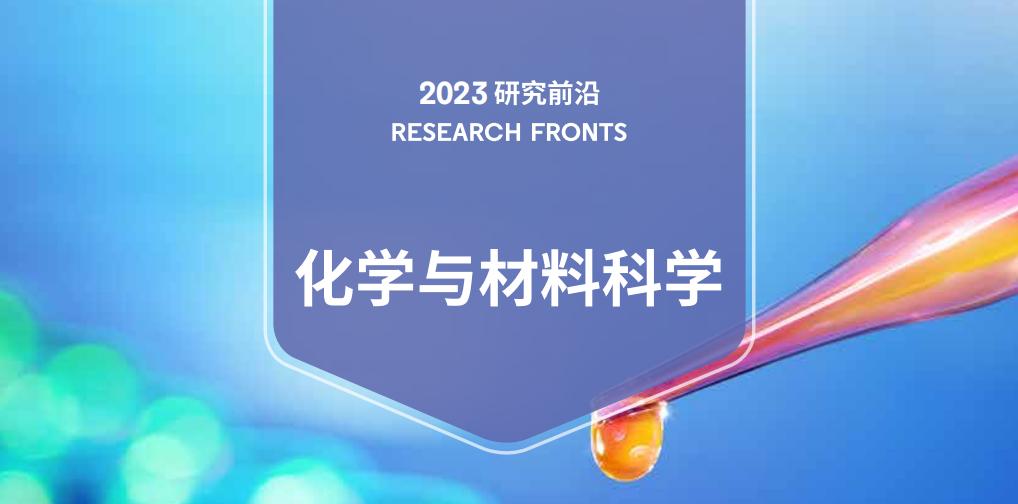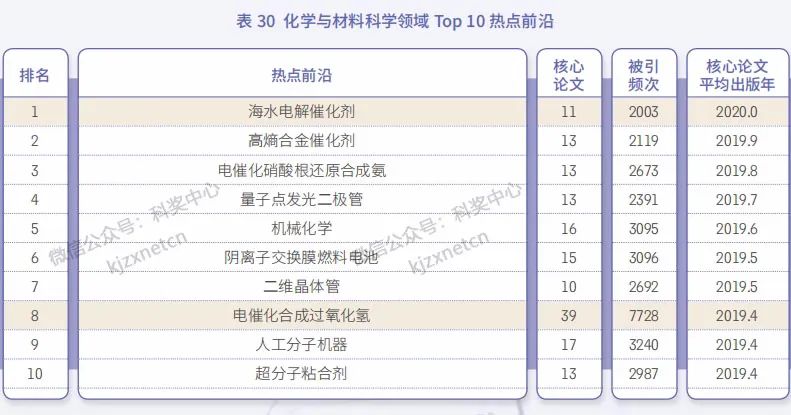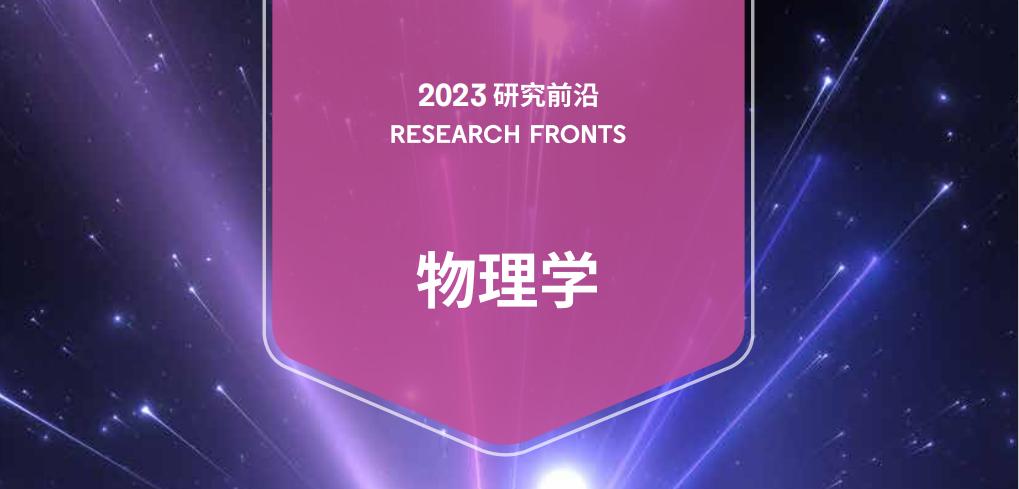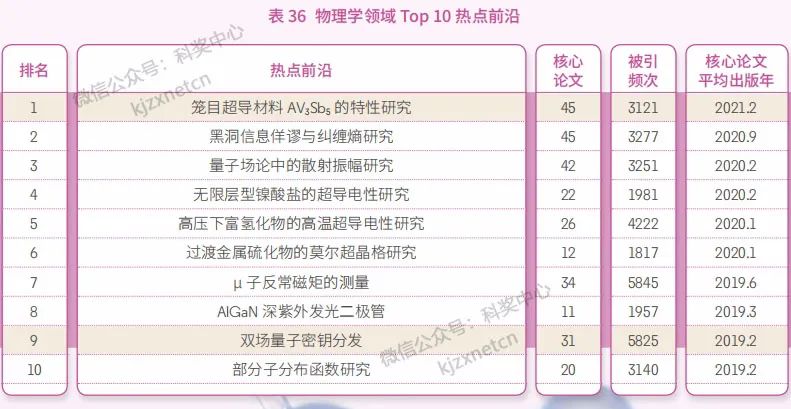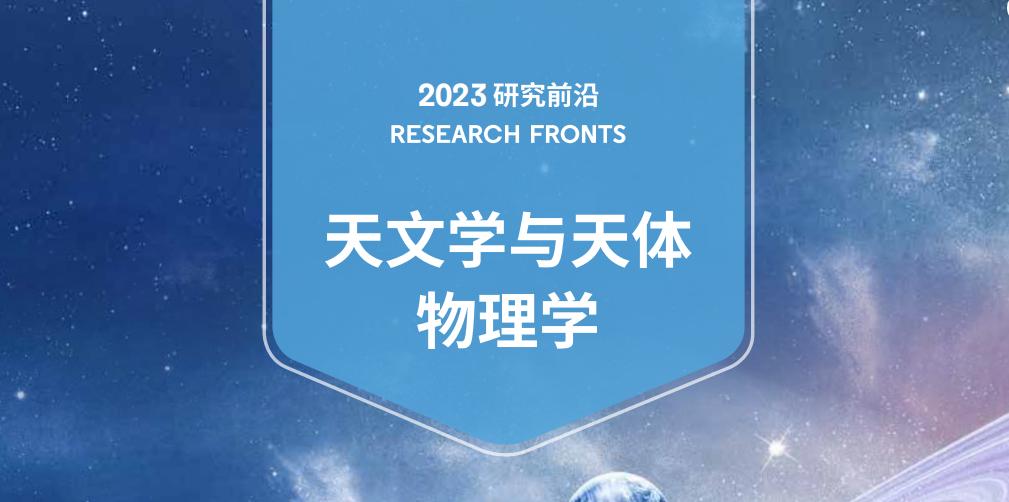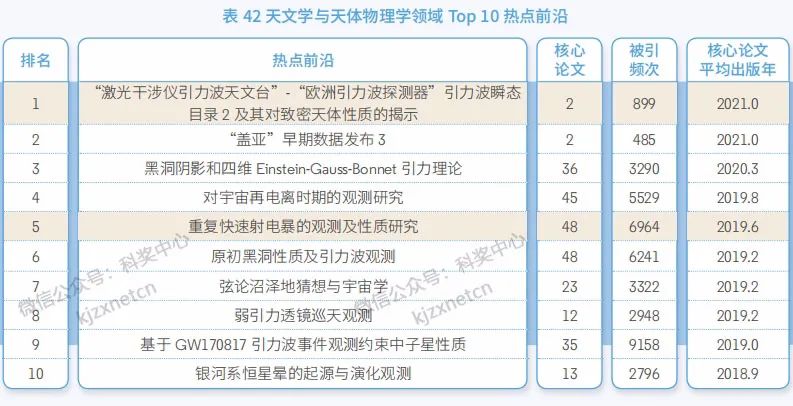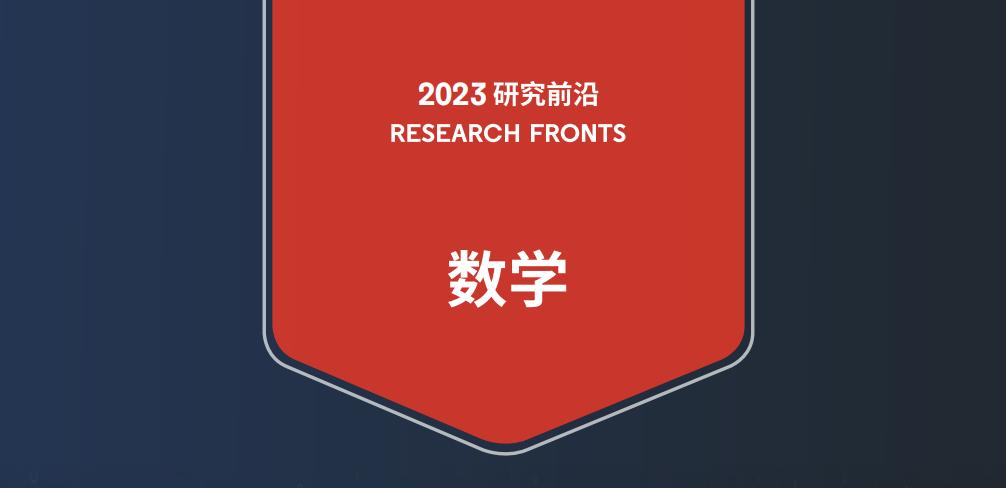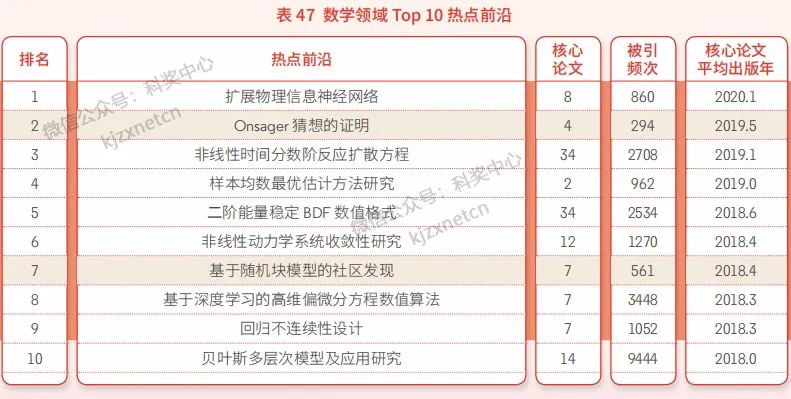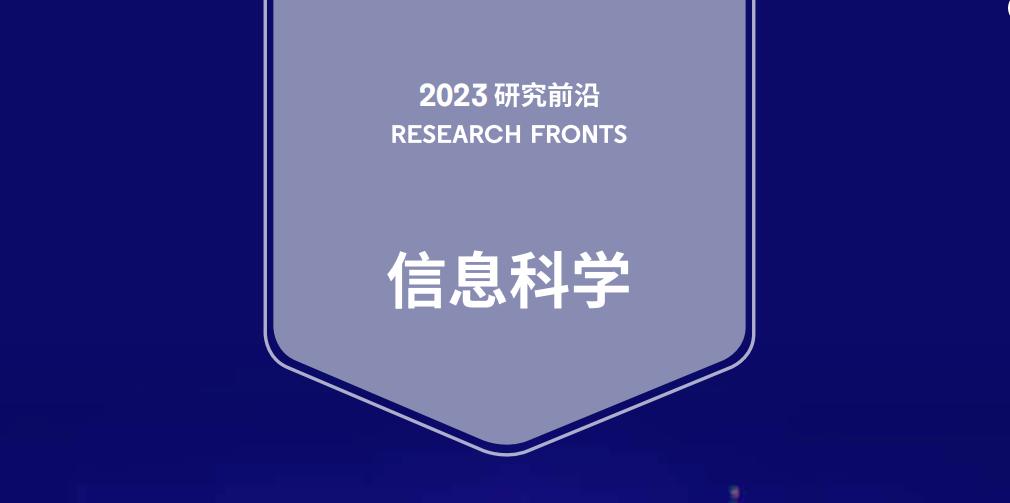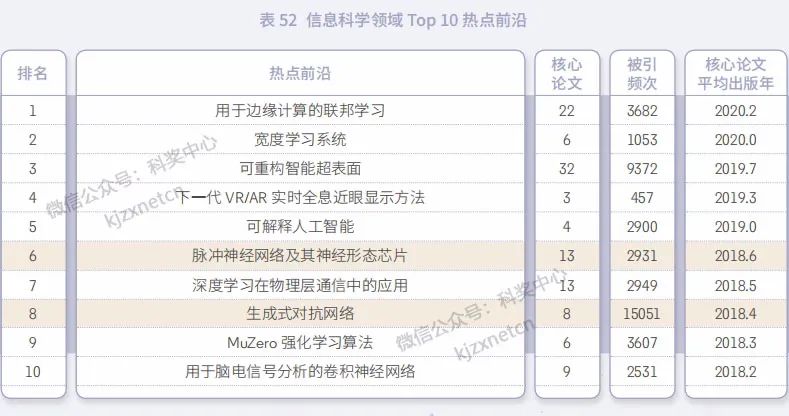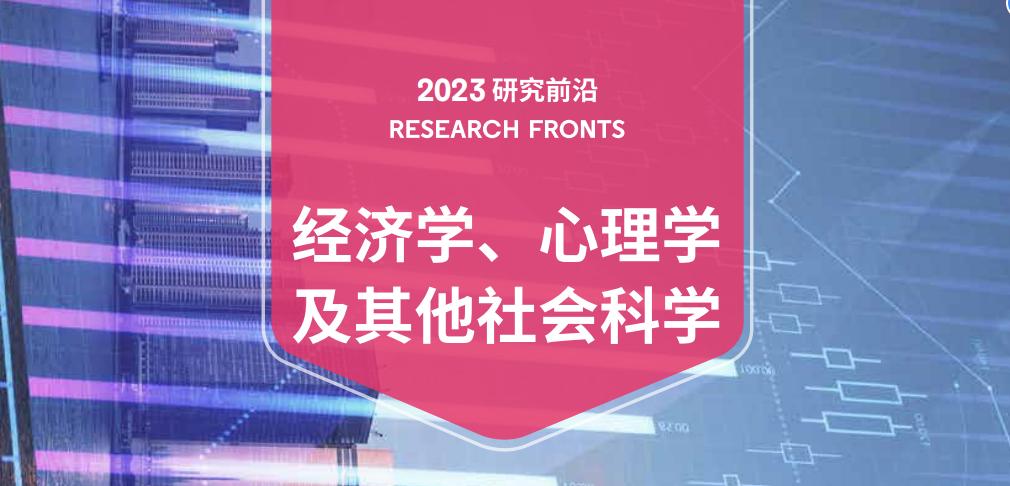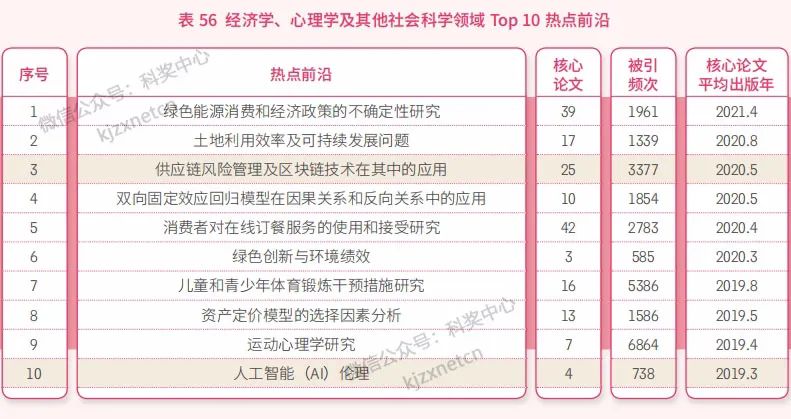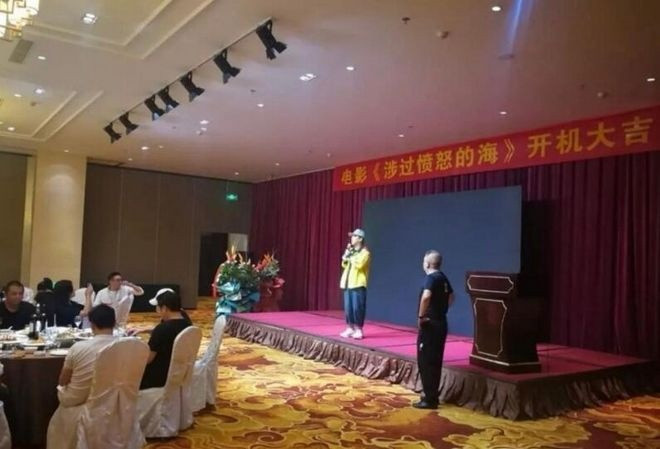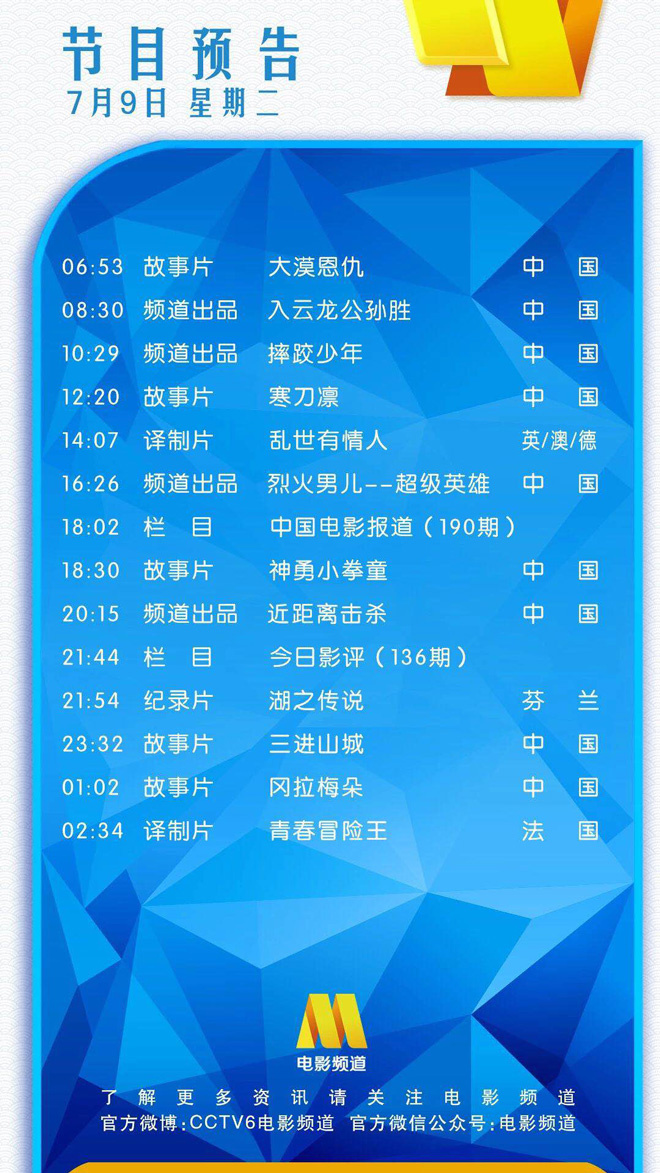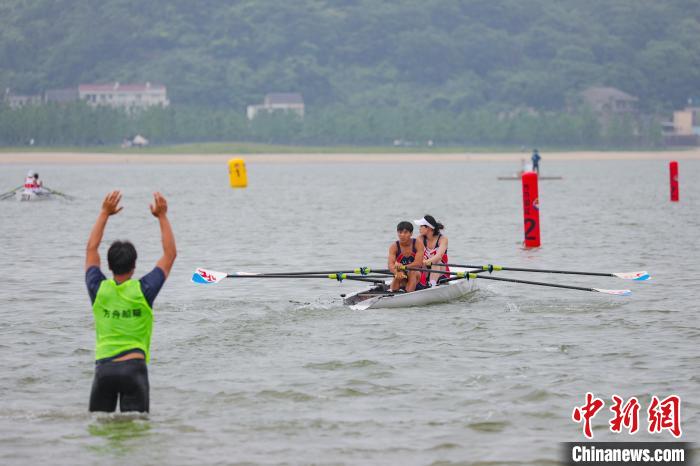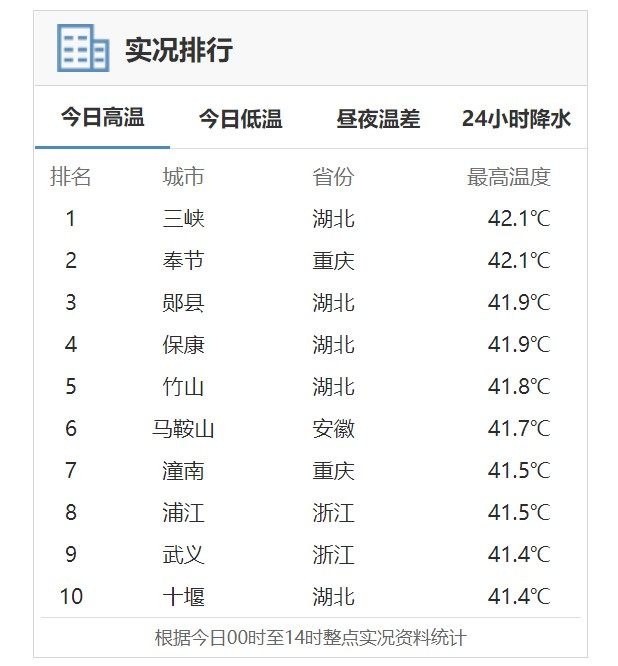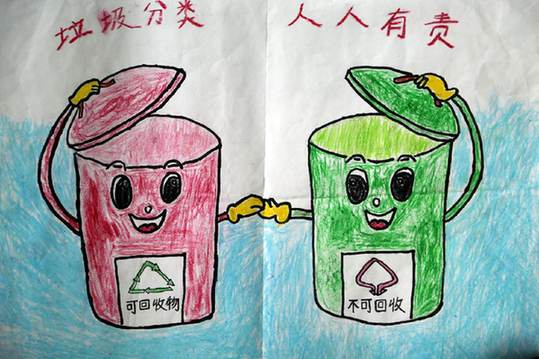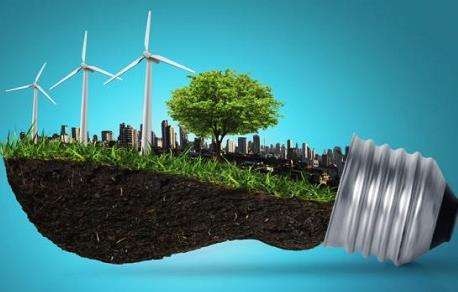Editor Do not forget your initiative mind, remember the mission! The 19th National Congress of the Communist Party of China, which successfully concluded, announced to the world that Socialism with Chinese characteristics has entered a new era. The development direction and goal of the new era have been made clear. After earnestly studying the spirit of the 19th National Congress, cadres and masses all over the province plan the future with confidence, and they all express their desire to roll up their sleeves and work hard. Please see the report sent back by our reporter.
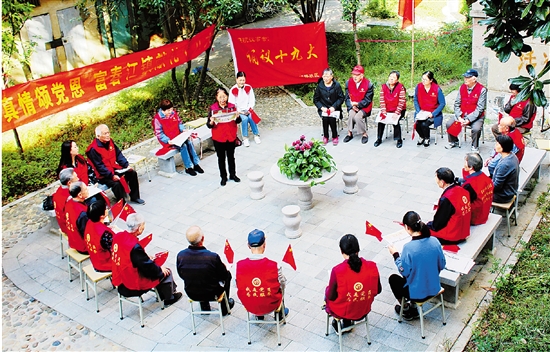
On the afternoon of October 24th, a "Courtyard Council" was held in Dayangping Community, Fuchunjiang Town, Tonglu County. More than 20 people, including community party member, democratic parties and ordinary people, studied the spirit of the report of the 19th National Congress of the Communist Party of China. Photographer Xu Dajun Xu Junyong photo
Qianjiang Century City, Xiaoshan, Hangzhou —— Fight the Asian Games.
Zhejiang Online Hangzhou October 25th (Zhejiang Online reporter Zhang Liu correspondent Zhu Liyan)At noon on the 24th, the dining hall of Qianjiang Century City Management Committee was delayed for nearly an hour, and everyone concentrated on studying the spirit of the 19th National Congress. After that, people began to flock to the canteen. In the office, in the corridor, in the elevator room, at the dining table, the spirit of the 19th National Congress can always be heard from word of mouth.
The report of the 19th National Congress pointed out that Socialism with Chinese characteristics has entered a new era. Since the G20 Hangzhou Summit, Qianjiang Century City has positioned itself as a new center of Hangzhou, a financial city of Qiantang River and an international new city. Five years later, it will become the core area and main position for the construction of major venues and major supporting facilities for the 2022 Hangzhou Asian Games. At present, Qianjiang Century City has fully entered the "Asian Games Time".
"The report of the 19th National Congress of the Communist Party of China is inspiring and inspiring, bringing a foreseeable future. It is the political declaration and action guide for our party to enter a new era, start a new journey and write a new chapter. It is the general program, general deployment and general mobilization for the development of Socialism with Chinese characteristics in the new era." Huang Guojun, secretary of the Party Working Committee and director of the Management Committee of Qianjiang Century City, said, "As far as we are concerned, studying and implementing the spirit of the 19th National Congress means going all out to fight the Asian Games. The mission is on the shoulder, and time waits for no one. People have something to look forward to, and they will do something. Adhering to the concept of only success and no failure, we will contribute Xiaoshan’s wisdom, build Xiaoshan’s brand and provide Xiaoshan’s model in seizing the historical opportunity of the Asian Games era, the location opportunity of Zhejiang’s’ Greater Bay Area’ construction and Hangzhou’s’ Riverside Development’ and the era opportunity of high-tech industrial revolution, and make every effort to realize the development dream of’ high-rise buildings on both sides of the Qianjiang River’. "
Hangzhou Bay New Area in Ningbo-Innovation Leads the New Era
Zhejiang Online Ningbo October 25th (Zhejiang Online reporter Zhou Songhua Weng Yunqian correspondent Zhao Chunyang Zhou Bin)Dreams inspire struggle, and goals unite strength. Over the past few days, scientists and technicians in Hangzhou Bay New Area in Ningbo have carefully studied the report of the 19th National Congress. The report puts forward: by 2035, "China’s economic strength and scientific and technological strength will jump sharply and rank among the forefront of innovative countries." Everyone was deeply encouraged and felt honored by the mission.
"Innovation is the first driving force for development and the strategic support for building a modern economic system." Cui Jun, executive vice president of Ningbo Research Institute of Fudan University, was deeply touched by this. As the only political and Industry-University-Research institution of Fudan University in Zhejiang, Ningbo Research Institute of Fudan University has always been driven by innovation since it settled in the new district, and has become an important local science and technology carrier. Cui Jun said: "In the future, we will continue to connect with global innovation resources extensively along the direction of’ establishing a technological innovation system with enterprises as the main body, market-oriented and deep integration in Industry-University-Research’, be a good bridge and help the new district build the most suitable place for innovation in the Yangtze River Delta."
Accelerating technological innovation is an effective way for enterprises to develop themselves and an inevitable requirement for building an innovative country. At present, the newly-developed high-temperature resistant nanofiber diaphragm product developed by Ningbo Rouchuang Nanotechnology Co., Ltd. has been put into trial production on a small scale. Zhang Xuanxuan, a senior R&D engineer, said that the material and production process of this product not only filled the domestic gap, but also reached the international leading level in key performance parameters. "In the next step, we will strive to achieve greater breakthroughs in key core technology research areas and contribute to accelerating the construction of an innovative country."
Guigan Community in Songtai Street, Lucheng, Wenzhou —— Creating a New Home for the Aged
Zhejiang Online Lucheng October 25th (Zhejiang Online Reporter Zhou Linzi Trainee Reporter Shao Chenxi Correspondent Huang Yuhui)"Grandparents, we are here to read the newspaper for you." On the morning of October 24th, party member Xu Tongtong from Guigan Community in Songtai Street came to the home of 90-year-old party member Li Yuemou and his wife. Because the old people’s legs and feet are inconvenient and their eyes and ears are not bright, community party member specially went to their homes to publicize the spirit of the 19th National Congress.
Guigan Community is one of the most concentrated old residential areas in Wenzhou, with more than 2,700 elderly people over 60 years old. How to make these elderly people’s lives convenient and spiritual prosperity has always been the top priority for Ke Jianhua, secretary and director of the community party committee. "I found the answer in the report of the 19th National Congress: strengthen the construction of community governance system, push the focus of social governance down to the grassroots level, give play to the role of social organizations, and realize the benign interaction between government governance, social regulation and residents’ autonomy." Ke Jianhua said excitedly, "We have made some useful attempts, and the report of the 19th National Congress has strengthened our confidence."
While solving the basic living security of residents, the community strives to provide residents with a rich spiritual life. At present, the community party-mass service center is being renovated intensively, which will become a community cultural home after completion, and regularly introduce various activities to enrich the spiritual life of the masses together with the cultural auditorium.
Ke Jianhua said that the community has just launched a two-hour free "family parking space" to solve the parking difficulties for children visiting relatives in the old city. Next, they will give full play to party member’s enthusiasm, solve the most direct and realistic problems that the masses are most concerned about, and let the masses feel that the Party organization is always around.
Huzhou Tianneng Group-Insist that the entity does not relax
Zhejiang Online Huzhou October 25th (Zhejiang Online Reporter Zhu Yanchao)From front-line employees to corporate executives, Tianneng Group has earnestly studied and understood the spirit of the report of the 19th National Congress in recent days, and everyone is full of confidence in the future development.
This year is the 31st year of Tianneng Group. Tianneng Group, which focuses on the manufacture of power batteries for electric bicycles and is making efforts to expand the field of lithium batteries and battery recycling for new energy vehicles, is not only in a leading position in the industry, but also more stable and further on the road of green development. Zhang Tianren, chairman of Tianneng Group, said that in recent years, Tianneng Group has transformed and upgraded the traditional battery industry with high technology, advanced equipment and advanced technology, and transformed from the expansion of quantity and scale to high-end, high-quality and high-efficiency. Zhang Tianren said: "The Supreme Leader clearly pointed out in his report that it is necessary to establish and improve an economic system with green and low-carbon circular development; We must focus on the real economy, which gives us incomparable confidence in development. "
In the front line of Tianneng Group’s scientific research, researchers are equally enthusiastic. "The report of the 19th National Congress pointed out that it is necessary to aim at the forefront of world science and technology, strengthen basic research, and achieve a major breakthrough in forward-looking basic research and leading original achievements. This has important guiding significance for our work, and it also makes us full of enthusiasm. " Li Guifa, an engineer of the New Lead-acid Battery Research Branch of Tianneng Research Institute, said, "In the next step, we will focus on overcoming the pain points of users such as long battery life and fast battery charging, and create a new type of battery with better quality and better user experience."
Jiaxing Zhejiang Tsinghua Yangtze River Delta Research Institute-Build more innovative carriers
Zhejiang Online Jiaxing October 25th (Zhejiang Online reporter Huang Na Shen Zhicheng correspondent Xu Chao Fan Lijie Zhang Wenshu)"Accelerate the construction of an innovative country. Constantly promote theoretical innovation, practical innovation, institutional innovation, cultural innovation and other aspects of innovation … "The report of the 19th National Congress mentioned" innovation "in many places, which made Wang Tao, secretary of the Party Committee and president of the Yangtze River Delta Research Institute in Tsinghua, Zhejiang, deeply impressed and excited.
"Introducing famous universities and building innovative carriers" is an important decision made by the Supreme Leader when he was working in Zhejiang. He planned to set up the Yangtze River Delta Research Institute in Tsinghua, Zhejiang, and supported and cared all the way. Technology changes life, and innovation leads the future. Since 2005, there have been 599 scientific and technological cooperation projects between Tsinghua University and Zhejiang enterprises and institutions, and a number of projects such as promoting the Internet new energy vehicle production base, flexible electronics technology and gene sequencing have settled in Zhejiang, with a total investment of more than 10 billion yuan.
The industrialization of major projects is inseparable from high-level talents. Wu Yunda, deputy secretary of the Party Committee of the Yangtze River Delta Research Institute in Tsinghua, Zhejiang Province, was greatly encouraged by the report of the 19th National Congress. He said that it is the responsibility and mission of the institute to provide all-round incubation support and entrepreneurial service guarantee for high-level talents’ innovation and entrepreneurship, mainly in the departments of universities, returnees and military industry. Up to now, the Institute has introduced and cultivated over 300 overseas high-level talents for Zhejiang. "Next, we must increase the cultivation of talents and use them to gather talents from all over the world."
Anhua Town, Zhuji, Shaoxing —— Promoting New Regional Development
Zhejiang Online Zhuji October 25th (Zhejiang Online Trainee Reporter Xu Tiancheng Correspondent Fu Tengchao)In the past few days, Zheng Lai, deputy secretary of the Party Committee of Anhua Town, Zhuji City, has begun to sort out some of his own learning experiences while seriously studying the spirit of the report of the 19th National Congress. "The report of the 19 th National Congress is inspiring, which is of great guiding significance for future development, and it also doubles our confidence in future development."
For Zheng, the report of the 19th National Congress pointed out that to adhere to the new development concept, we must unswervingly implement the development concept of innovation, coordination, green, openness and sharing. These discussions are of great significance to the current central work of Anhua Town.
In recent years, Zhuji Municipal Party Committee and Municipal Government have put forward the strategic measure of "connecting the north with the south". As the "bridgehead" connecting Jinyi area in the south, Anhua Town, based on its own location advantages, actively builds Zhuyi industrial free port and promotes industrial transformation through attracting investment. It is reported that 75 high-quality projects have been introduced, covering industries such as industry, modern agriculture and leisure tourism. Among them, modern packaging industrial park has introduced 43 high-tech enterprises, created 3,000 new jobs and increased tax revenue by 50 million yuan annually. The construction of the project has brought new industrial restructuring to Anhua Town, a traditional manufacturing town that used to focus on socks production, and strongly promoted the development of local service industry.
"In the future, under the guidance of the spirit of the report of the 19th National Congress, Do not forget your initiative mind will keep in mind its mission and promote the continuous economic and social development of Anwar with new development concepts." Zheng Lai said that in the next step, Anhua Town will do its best to provide government services, speed up the construction of Zhuyi industrial free port, and do its duty for local economic development and people’s well-being.
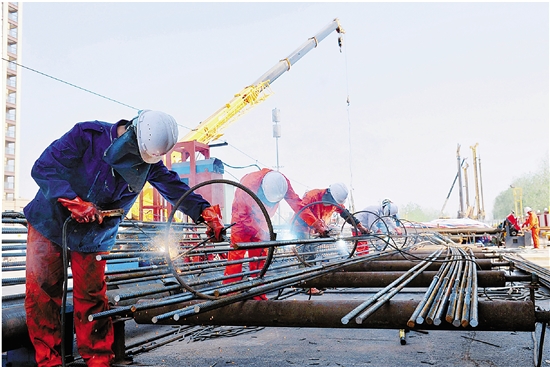
Jinyidong Rail Transit Project Headquarters has earnestly studied the spirit of the 19th National Congress and made efforts to speed up the construction progress. Make up when making friends.
Jinhua Rail Transit Project Headquarters-Building Urban Agglomeration in Central Zhejiang
Zhejiang Online Jinhua October 25th (Zhejiang Online Reporter Ye Mengting Ye Xingchen)On the morning of October 24th, Shu Jinghua took off his safety helmet and hurried into the conference room of the 03 Bid Project Headquarters of Jinyidong Rail Transit Project of China Railway Fifth Bureau to watch the closing ceremony of the 19th National Congress. The conference room is already full, and the party member cadres of the project headquarters are concentrated here to study the spirit of the 19th National Congress.
Shu Jinghua is the deputy manager of bid 03 of Jinyidong Rail Transit Project of China Railway Fifth Bureau, and is responsible for the site construction of bid 03 of Jinyidong Rail Transit Project. Shu Jinghua said: "I was particularly impressed by the words" Do not forget your initiative mind remembers the mission "at the opening meeting. For our grassroots workers, they are conscientious, stick to their jobs, do their jobs well, and love the country and the enterprise."
Shu Jinghua’s focus is on the achievements and planning of national economic construction. "In the past five years, infrastructure construction such as high-speed rail, highways, bridges, ports and airports has been rapidly advanced, and my feelings are particularly deep." Shu Jinghua said. Jinyidong urban rail transit, which is under construction, is Jinhua’s urban economic transportation corridor, which will string together the pearls of counties and cities on the land of Bawu, and form a chain of beads to build a "concentric circle" of urban agglomerations in central Zhejiang. In the report of the 19th National Congress of the Communist Party of China, it is proposed to establish a more effective new mechanism for regional coordinated development. This further points out the direction for the construction of Jinyidong urban rail transit. Through the construction of Jinyidong urban rail transit project, Jinhua will enlarge the urban framework, improve and optimize the urban spatial pattern, establish a half-hour traffic circle in the urban core area, and accelerate the coordinated development of urban and rural areas.
Quzhou Administrative Service Center-Providing Better Services
Zhejiang Online Quzhou October 25th (Zhejiang Online reporter Shao Qian correspondent Chen Zhiying)"The’ people-centered’ mentioned in the report of the 19 th National Congress further pointed out the direction for us to further promote the reform of’ running at most once’." On the morning of October 24th, the relevant person in charge of the management office of Quzhou Administrative Service Center, after carefully studying the report of the 19th National Congress, said that it is necessary to study and implement the spirit of the 19th National Congress, strengthen the goal orientation, problem orientation and effect orientation, and continue to lead and be far ahead in the reform work of "running at most once" in the province.
"We must guide the reform of" running at most once "in the spirit of the 19 th National Congress." Tong Xueming, Party Secretary of the Management Office of Quzhou Administrative Service Center, said. Quzhou promoted the reform of "running at most once" with "one window acceptance and integrated service", and the pilot experience was promoted throughout the province. Tong Xueming said: "We will continue to strengthen the work style construction of all staff, build a new iron army for administrative services, and enhance the sense of gain and happiness of the people with quality services."
"As a practitioner of the reform of" running at most once "in the field of government services, I think our initial intention and mission is to seek convenience for the masses, and to ensure that the masses run less and not run." Lu Rizhong, deputy director of Quzhou Administrative Service Center, said.
Ceng Yong, a staff member of Exit-Entry Administration Bureau of Quzhou Public Security Bureau, realized: "The window work is small, but the responsibility of our staff is not small. We must persist in taking the small things of the people as our major events, and in the future we must turn passivity into initiative and serve the people well. "
Zhoushan Boeing Delivery and Completion Center-Go all out to catch up with the project
Zhejiang Online Zhoushan October 25th (Zhejiang Online Reporter Lin Shangjun He Yijun)Helicopters and passenger planes pass by from time to time over the construction site, pile drivers and excavators are busy, and loading cars and casting cars shuttle back and forth. On October 24th, the site of Zhoushan Boeing Delivery and Completion Center was busy, and Zhoushan was accelerating the construction of Boeing project with the spirit of the 19th National Congress as the driving force.
Li Youguo, director of the Zhoushan Aviation Industry Park Management Committee, said that the Boeing project is a key project for cooperation between China and the United States in the high-tech field. All builders are responding to the call of the 19th National Congress with practical actions and rolling up their sleeves to ensure the smooth progress of the project. Li Youguo said that in the next step, the park will profoundly study the spirit of building a modern economic system in the report of the 19th National Congress, base itself on the development goals of "Four Zhoushan", go all out to implement it according to the important time nodes determined by the National Development and Reform Commission, and complete the Boeing project construction task with good quality and quantity to ensure the smooth delivery of the first aircraft by the end of next year; At the same time, we will further broaden our thinking, improve the planning of Zhoushan aviation industrial park, and make Zhoushan an important aviation manufacturing base in the world; Adhere to accurate investment promotion and gather a number of high-end projects in the aviation industry chain.
According to reports, since the official start of the Boeing project on May 11 this year, the completion rate of the pile foundation project of the whole project has reached 95.7%, and the excavation of the hangar in the completion center has been completed by 95%; The office space of the airport inspection site in Zhoushan Port Comprehensive Insurance Zone has been completed, and it is planned to be closed for operation at the end of November.
Taizhou Jiaojiang "Jianzhi Water City" —— Enhance the people’s sense of gain
Zhejiang Online Taizhou October 25th (Zhejiang Online Reporter Cui Xuchuan)"The report of the 19th National Congress of the Communist Party of China proposed that people’s livelihood should be guaranteed and improved through development. In the next step, we must implement the spirit of the report of the 19 th National Congress in the specific work of demolition and resettlement and the transformation of the old city, so that local people can have more sense of gain in co-construction and sharing. " On the morning of October 24th, Tao Guozhen, the leader of the second group of "Jiazhi Watertown" in Jiaojiang District, Taizhou City, came to the site of Chengkou Square to check the progress of the project. All the buildings in this block have been demolished, the site has been leveled, and the wall has been built. "A comprehensive leisure plaza will be built here and become a" Jiazhi Watertown ".
The planned and designed "Jianzhi Watertown" is located in the center of the main urban area of Taizhou, but for a long time, the buildings here are low and contiguous, the streets are tortuous and narrow, and the living features and location advantages are extremely inconsistent. This year, Jiaojiang District started the urban planning of "one river and two banks" and made a brand-new overall planning for the urban riverside belt. "Jiazhi Watertown" became one of the first blocks to move. In just over two months, more than 1,300 households were signed, and the relocation of the two blocks, the entrance to the city and the resettlement of residents, was completed.
These days, the report of the 19th National Congress of the Communist Party of China is the most concerned hot spot for the cadres. Everyone got together to exchange the learning experience of the report of the 19th National Congress, and the atmosphere was warm. Jin Yaohua, director of the Tuo Sub-district Office, said that the report of the 19th National Congress said that we should persist in taking the small things of the people as our own major events. "The transformation of the old city is such a matter related to people’s livelihood and well-being. Although it is very hard, we are now more motivated and confident to make this matter that the local people are particularly concerned about more satisfactory."
Nanshan Village, Bihu Town, liandu, Lishui —— The road to green is wider.
Zhejiang Online Liandu October 25th (Zhejiang Online Reporter Dong Wentao District Committee Report Group Yu Yule Correspondent Zhou Hongxia)It is necessary to provide more high-quality ecological products to meet the people’s growing needs for a beautiful ecological environment … On October 24th, the 19th National Congress of the Communist Party of China was successfully concluded. These contents in the report of the 19th National Congress have strengthened the confidence of the villagers in Nanshan Village, Bihu Town, liandu. Zhang Ye Er, a villager, knows this passage in the report of the 19th National Congress by heart. This road he has walked for more than 30 years will surely have a broader prospect.
Insisting on protecting the ecological environment and developing the ecological economy, Nanshan Village has been changing in recent years. Just a week ago, Nanshan Village garbage transfer station was vacated. It turns out that this garbage transfer station near the 328 provincial highway often emits an unpleasant smell; Now, through the implementation of the pilot project of reducing and recycling rural domestic waste in liandu, the village appearance of Nanshan Village has changed greatly. The vacant land vacated by the garbage dump will also be built into Nanshan Yangmei Market, which will provide a good trading place for Yangmei growers and let more tourists remember Nanshan Yangmei.
"The report of the 19th National Congress of the Communist Party of China pointed out that the issue of farmers in agriculture and rural areas is a fundamental issue related to the national economy and people’s livelihood, and we must always take solving the’ three rural issues’ as the top priority of the whole party’s work." Chen Guochun, director of Nanshan Village Committee, said that the report of the 19th National Congress of the Communist Party of China pointed out that it was necessary to "implement the rural revitalization strategy", which gave great encouragement to the whole village. "I believe that the life of rural people must be getting better and better"!
